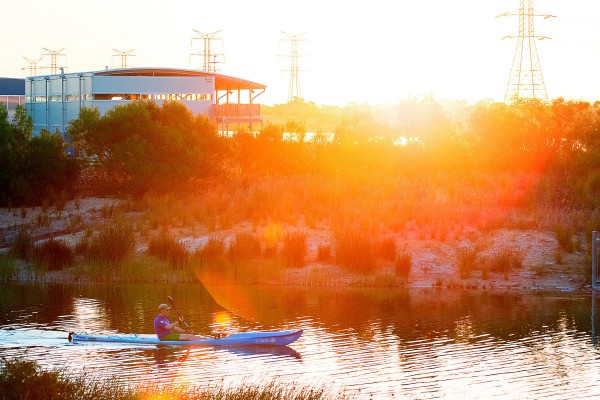Perth Hills Armadale Visitor Centre
With everything that’s going on in the world we’re now spending more time discovering our own backyard, and feeling more grateful for the beauty of nature that surrounds us.
The theme of World Environment Day this year is Biodiversity, so we thought we’d take the opportunity to spotlight the unique Aussie animals found within our region and the places they call home.
A stable habit is key to maintaining our unique Biodiversity, and the City of Armadale is home to many parks and bushland reserves for our native species to call home. If you’re fortunate enough to spot a native animal in the wild, remember to respect their space and admire them from afar.
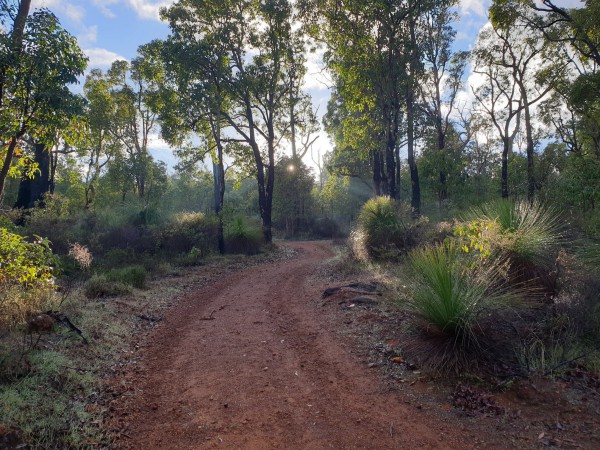
- Echidnas
These unique creatures are one of only two Monotremes found in the world! A Monotreme is a mammal who lays eggs, rather than giving birth to live young. They are occasionally spotted in the Kelmscott Hills in Lloyd Hughes Park, the entire park was burnt during the Armadale-Kelmscott bushfire in 2011, but with regeneration is now home to echidnas.
- Western Grey Kangaroos.
Bungendore Park has long been recognised as a diverse spot for both plants and animals in Armadale. The park is mostly open Jarrah-Marri forest and has 357 plant species recorded. Western Grey Kangaroos are frequently spotted and are most active at dusk and dawn.
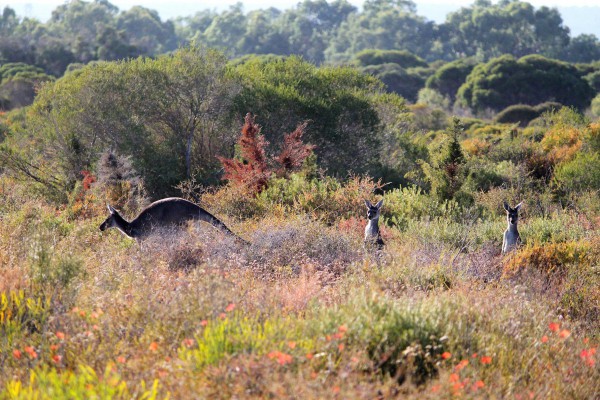
- Forest Red Tail Black Cockatoos
If you’re hoping to catch a glimpse of Black Cockatoos, Armadale Settlers Common is the place to go. The species is unique to the South-West of Western Australia but is threatened by loss of habitat and breeding hollows. The City of Armadale has installed artificial nesting boxes throughout the Common to help conserve these remarkable birds.
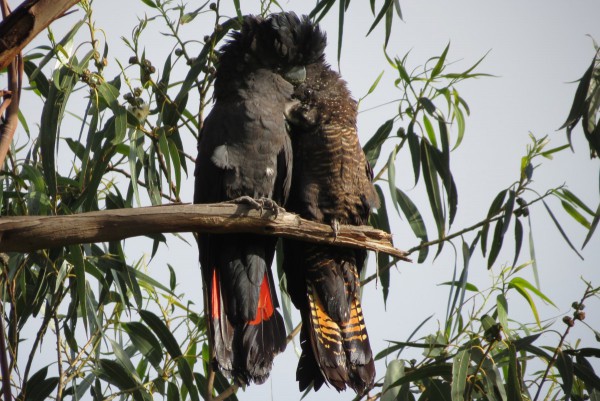
- Splendid Fairy Wren
This tiny bird truly lives up to its name. Wungong Dam is well known as a favourite Perth picnic spot but is also great for bird-watching. While you’re protecting your picnic from the kookaburras, try to catch a glimpse of the Fairy Wren. Their bright blue colour, which we so love to see, is also dangerous for them as makes it harder for them to hide from predators like feral cats.
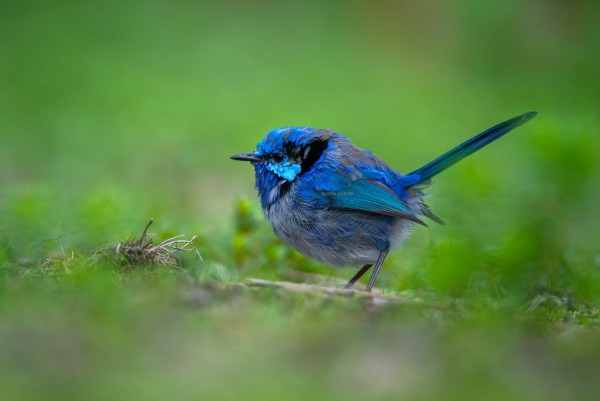
- Rakali
Roley Pool Reserve is a local gem and the perfect place for a short stroll next to the Canning River. It’s also home to the Rakali, Australia’s largest rodent. The Rakali was regularly killed by early settlers for its pelt but the most common threat to them now is from drowning in illegal yabby traps. They’re very secretive and difficult to spot, but on your visit you’ll definitely see lots of small fish that live in the pool and hear the calls of resident frogs.
- Welcome Swallow.
The 55-hectare lake of Champion Lakes is a great spot for walking, cycling or kayaking. It’s also a great spot to catch the sunset and admire the acrobatic skills of the Welcome Swallow at the same time. The Welcome Swallow is Australia’s most widespread swallow and can be found in a wide variety of habitats. Fun fact: they gained their name because sailors would see them while at sea and know that land was close!
